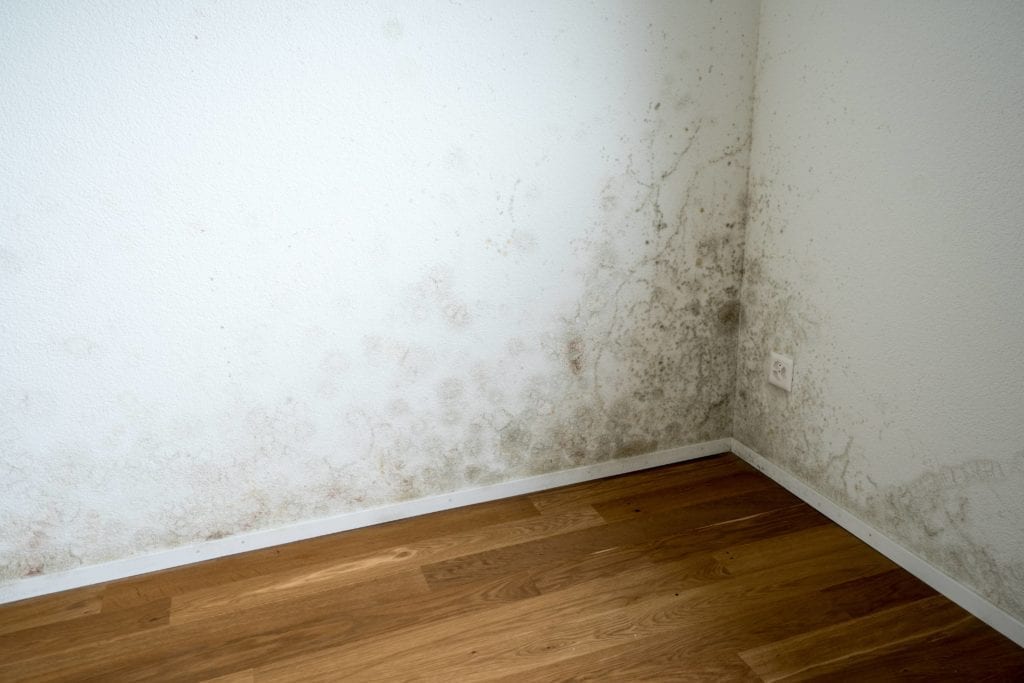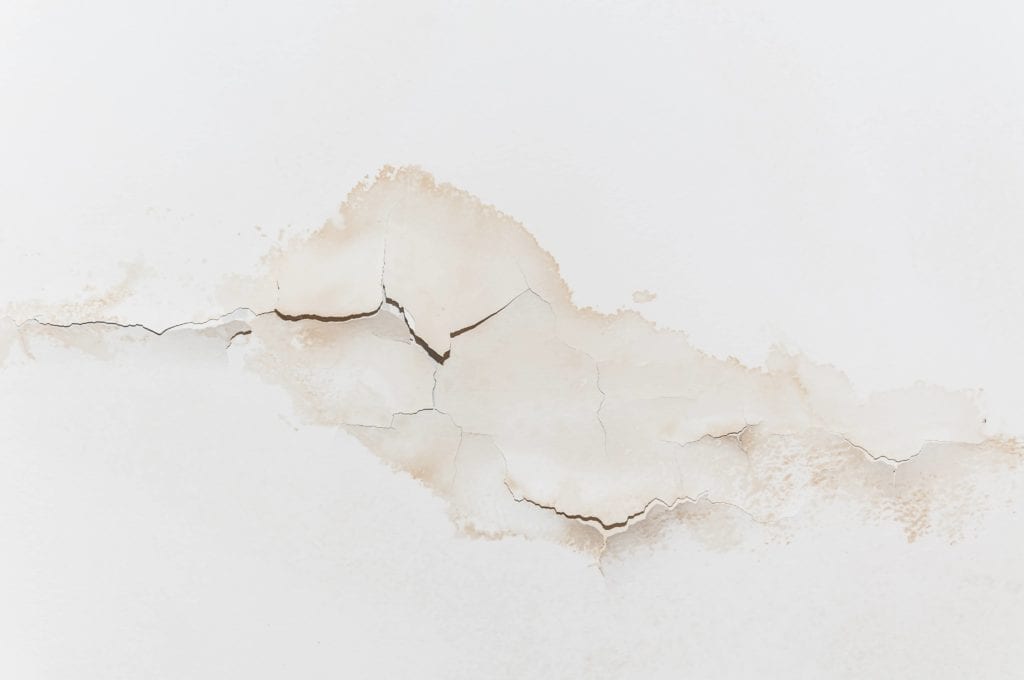Stains from Water on Wall Surfaces: Assessing and Addressing Procedures
Stains from Water on Wall Surfaces: Assessing and Addressing Procedures
Blog Article
Just how do you actually feel on the subject of How to Find and Repair Water Leaking in the Wall?

Water discolorations on walls are not positive to the eyes. Your home must lack spots on the walls, roof covering, or floors. That is the excellent state of a house and its frameworks. Yet, in some cases it appears nearly unavoidable to experience water stains on walls in residences.
Home owners living in moist areas constantly deal with the fear of water stains on walls. With well-shaped and precise information on the reasons of water stains and also prompt repair processes, you will certainly always be a step ahead of such events.
3 Common Reasons For Water Spots on Walls
In contrast to popular belief, water discolorations on walls do not constantly stem from bad structure materials. There are numerous reasons for water discolorations on walls. These include:
Moist
When warm moist air meets with dry chilly air, it triggers water droplets to base on the walls of structures. When there is vapor from cooking or showers, this occurs in kitchens and washrooms. The water beads can stain the bordering walls in these parts of your home and infect various other areas.
Wet or condensation affects the roofing and wall surfaces of buildings. This triggers them to show up darker than other areas of the home. When the wall surface is wet, it develops an appropriate environment for the growth of fungis as well as microorganisms. These might have unfavorable effects on wellness, such as allergic reactions and also breathing conditions.
Poor Drain
This will protect against water from seeping right into the wall surfaces. This links to extreme moisture that you notice on the walls of your structure.
The leading reason of wet walls, in this case, can be a poor drain system. It can also be due to bad management of sewer pipes that run through the building.
Pipe Leaks
Many houses have a network of water pipes within the walls. This guarantees that the pipes are well away from the reach of destructive rats. It constantly boosts the feasibility of such pipes, as there is little oxygen within the walls. This inhibits corrosion.
Yet, a disadvantage to this is that water leakage influences the walls of the structure and creates extensive damages. An indicator of faulty pipes is the appearance of a water tarnish on the wall.
Pro Suggestion
A houseplant in your home additionally increases its humidity. So, if your home is currently moist, you may want to present houseplants with minimal transpiration. An example of suitable houseplants is succulents.
Water Spots on Wall: Fixing Tips
When dealing with water stains, homeowners would usually desire a fast repair. Yet, they would soon realize this is counterproductive as the water discolorations repeat. Below are a few practical tips that will assist you in the fixing of water stains on walls:
Conclusion
Although no one intends to have water spots on walls in their home, it can take place to the most effective people. This short article gives you utilize, as you currently know exactly how to handle this incident if it does occur.
It is constantly best to recruit expert solutions to aid take care of the damages in your house.
In some cases it appears practically inevitable to experience water stains on walls in houses.
In contrast to preferred idea, water discolorations on wall surfaces do not constantly stem from inadequate structure products. There are numerous reasons of water discolorations on wall surfaces. The water beads can tarnish the bordering wall surfaces in these components of your residence as well as spread to various other areas.
Below are a few handy ideas that will certainly guide you in the fixing of water spots on walls:
CHECKING FOR WATER DAMAGE
Water damage can be costly, and it may begin before you even notice the first signs of trouble. Water damage can cause mold and mildew in your walls and floors, which can create an abundance of health concerns for your family. It can also lead to costly repairs of various appliances and general home fixtures. To avoid the pricey consequences of water damage, here are Warner Service’s top 5 places you should check:
The walls – The easiest place to spot the beginnings of water damage is on the walls and ceilings of your home. If water damage is present, there will most likely be water stains, especially around the windows and doorframes, and/or cracks in the drywall. If a stain looks unusual (discolored to brown, black or gray, raised texture), has a swollen appearance or is soft to the touch, contact a professional immediately. The pipes – To avoid water damage, consistently check the pipes in your kitchen (especially the dishwasher and ice maker), bathrooms, laundry room (specifically washing machines) and basement for corrosion, leaks and water stains. Pay special attention to where the pipes connect in your home and the location of caulking around the bathroom fixtures, including toilets, sinks, showers and tubs. Missing or loose caulking and grout could be signs of leaking water. This seepage can also quickly cause mold and rust, so double check your water heater and tank for wet spots on the floor. The floor – Water damage is very easy to spot on the floor. Look for any warping or buckling of the material, especially in the basement. If your home has wood flooring, look for bright white or dark stains. If your home has carpeting, keep it dry and clean. A damp carpet that smells of mold could cause water damage and health problems. To avoid this, consider installing floor pans under your appliances to help prevent damages from small, slow and undetected leaks. The basement and attic – If your basement or attic smells odd check for mold and mildew around the area, especially the valley where the roof meets. While you are inspecting those areas, check for wall cracks, floor stains, rust and dampness in the insulation. If you live in a colder and/or rainier climate, perform routine checks for water damage from melting snow or ice and rain. The exterior – Check the roof for damaged flashing and missing, cracked or curled shingles. There should also be no standing water anywhere outside your home. This could be caused by puddles, leaky rain gutters or hoses, poor drainage, or short gutter spouts. Invest in a sump pump system or water flow monitoring system, and perform routine maintenance on these outdoor appliances to avoid indoor water damage.

Do you like reading about Water Stains on Walls? Leave a comment below. We'd be glad to see your views about this blog posting. In hopes that you come back again before long. Are you aware of someone else who is sincerely interested in ? Please feel free to share it. Thanks a lot for your time. Kindly check our site back soon.
Best decision? Call us. Report this page